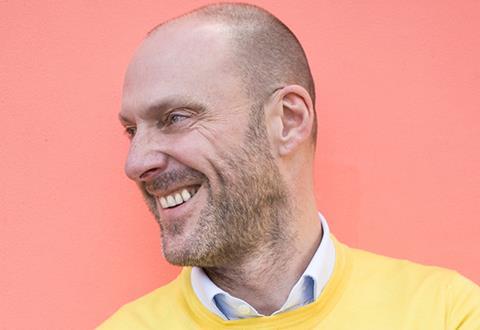How do we decide whether and when WFH devotees should be forced into the office, asks Martyn Evans

I think we’re at a bit of a crossroads. Covid infection rates, hospitalisations and deaths have flatlined in recent weeks and while we might continue to hold our breath in case winter brings a new spike, we appear to be getting back to some sort of normal. But look closer – things are not as settled as they might seem.
There’s one guaranteed topic of conversation in the industry pub at the moment – what’s going to happen about getting people back to work? For those who run small businesses particularly, it’s a febrile issue designed to heat up the conversation almost immediately. Passionate arguments can be made on both sides. On the one hand, covid and forced home working has opened our eyes to a new way of life – one that allows us to self-determine where and how we work, as long as we fulfil our duties. Less stress, less expensive travel, more time with the kids, a different, more productive working week. On the other hand, some see the scattering of teams as the death of effective collaboration – the tyranny of Zoom that denies the subtlety of reading body language in a room and silences the less confident.
The power balance has shifted. In a conversation last week an architect I know, owner of a mid-sized practice, became visibly distressed when discussing how powerless they felt to make decisions about how their office would work in a post-pandemic world. A suggestion that there might be some rules requiring attendance in the office on certain days a week had been met with push back from senior colleagues, afraid that what might be seen as draconian, unreasonable demands would result in significant numbers handing in their notice. A right to self-determine how, when and where people work seems to have become enshrined in employment practice almost by default and we seem to be bewildered about how to address it productively. Is this an exciting shift in the way we think about work that will improve all our lives? Should we recognise that technological development has obviated the need to co-locate to be productive? Or are we sleepwalking into disaster for fear of being seen as dinosaurs who think the only way to work productively is to sit at desks together in the same room?
Clearly we need to find a balance. It’s plain that the pandemic has offered us an opportunity to rethink our relationship with our work. Being imprisoned at home, isolated from colleagues at various times over the last 20 months has not stopped the world from turning. Most of us are still in business, clients have been serviced and buildings are being built. But are we happier? Is it sustainable?
Last week I gathered for pizza and a drink with my colleagues on the board of YADA – the Young Architects and Developers Association. It was the first time most of us had been in a room together since March last year. We were meeting to talk about how we crank up our networking programme again and what we need to do differently to support the young people in our industry as we get back out in the world. Our conversation immediately turned to the very different pandemic experience our young colleagues have had compared to the rest of us. Living in shared housing, working in bedrooms, missing out on the valuable learning that comes from sitting in a room with more experienced colleagues has meant a less life-enhancing experience than their senior colleagues.
I have also read about the positive impact home-working has had on those who identify as either introvert or extrovert on the personality spectrum. Does the opportunity to work alone at home more regularly allow those who identify as introvert to be happier and more productive? But what impact does this have on a team? How do we balance personal preference with the productivity of a team as a whole?
The problem is that we don’t know the answer. Yet. It’s the same as Brexit. What impact will it have on our economy? We simply don’t know and, by the time we do it might be too late if the answer is not good.
So what’s to be done? I think the only answer is what it most often is in these circumstances. To talk it out. I don’t think there’s any going back from the glimpse of a new life we’ve all had through lockdown. But neither should we deny decades of management thinking about team productivity nor the right of business owners to set out the working patterns for their company as they see fit. We’ll get there if we all show each other some respect, understanding and start from a position of what’s best for everyone. Together.
Postscript
Martyn Evans is creative director of U&I
















No comments yet